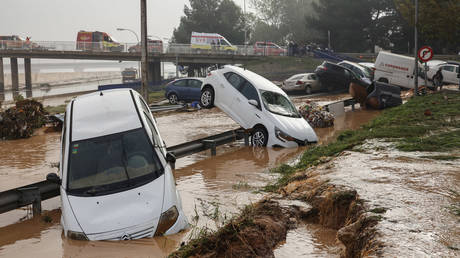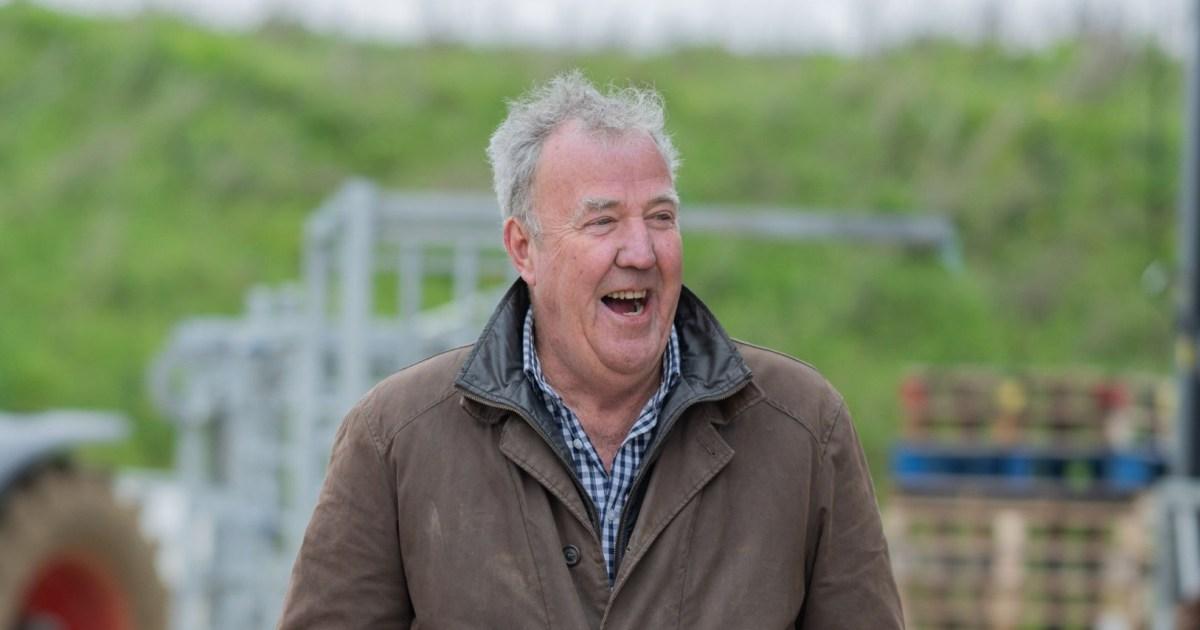Residents of Chiva, a small town on the outskirts of Valencia, can expect a grim future of worsening drought as the planet heats up and the country dries out. But on Tuesday, they also witnessed a year’s worth of rainfall in a matter of hours.
The torrential rains that flooded southern and eastern Spain on Tuesday night, ripping away bridges and tearing through towns, have killed 64 people and counting. Fossil fuel pollution plays a role in warping both extremes of the water cycle: heat evaporates water, leaving people and plants parched, but hot air can hold more moisture, increasing the potential for catastrophic downpours.
“Droughts and floods are the two sides of the same climate change coin,” said Stefano Materia, an Italian climate scientist at Barcelona Supercomputing Centre. He said studies had linked droughts in the Mediterranean with the climate emergency through changes in atmospheric circulation at the same time that global temperature rise had severely heated the region.
“That means more energy, more water vapour, more instability – all ingredients fuelling terrifying storms when atmospheric conditions are favourable,” he said. “The Mediterranean sea is a timebomb these days.”
Spain – along with Portugal, Italy and Greece – is already enduring the harsh reality of what climate scientists call compound hazards and cascading impacts. Heatwaves are turning forests into tinderboxes, triggering deadly wildfires that choke cities with smoke. Droughts are drying up soil and stopping the land from soaking up water when extra heavy rain falls. Scarce water supplies, which have already forced cities such as Barcelona to adopt emergency restrictions, leave farms and hotels with less financial cushioning to survive the next shock.
The damage that climate breakdown is doing to southern Europe is most startling in heat death figures. On Tuesday, researchers from the Barcelona Institute for Global Health found climate breakdown was behind more than half of the 68,000 heat deaths during the scorching European summer of 2022. The heat-related death toll – which was about 10 times greater than the number of people murdered in Europe that year – was largest in Greece, Italy, Spain and Portugal.
Scientists say the violent weather battering Spain and its neighbours is a harbinger of what the rest of Europe can soon expect. A survey from Eurobarometer in May found 61% of Spanish people “totally agree” that environmental issues have a direct effect on their daily lives. The figure is nearly double the EU average and behind only Malta and Cyprus. Northern European countries had a far higher share of people who only “tend to agree”.
Exposure to violent weather events, such as the floods in Spain on Tuesday, may spur support for climate action, but experts warn against overstating the effect. Polling in the aftermath of Australia’s devastating 2019 bushfires found that people who denied the scientific link with climate change were “unmoved” by personal experience of the fire, although overall support for climate action was greater among those affected. A recent UK study found exposure to floods and heatwaves increased acceptance of climate science, particularly among right-leaning voters and climate sceptics, but had a negligible impact on people’s environmental behaviour.
Climate experts say the floods should serve as a reminder to reduce planet-heating pollution and improve early-warning systems and rapid response plans. The downpour comes a month after deadly floods struck central Europe, west Africa and southeast Asia, and two weeks before diplomats meet for the UN Cop29 climate summit in Azerbaijan.
“The tragic consequences of this event show that we have a long way to go,” said Liz Stephens, a climate risk scientist at the University of Reading. “People shouldn’t be dying from these kinds of forecasted weather events in countries where they have the resources to do better.”









